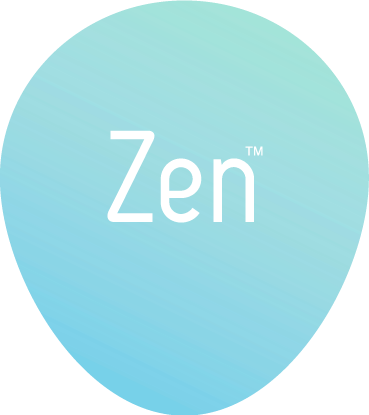
In this section we are planing to explore the realms of shape and movement, and the effects they can have on the human mind. How different shapes and movements can create a range of moods within the patient and their surroundings.
We came across an in-depth study of self-concept development carried out by The British Association of Teachers of The Deaf.
where they were looking different way of using the senses to explore feelings as an element of self-concept development. Making their students feel more at ease and as a result making an improvement in their concentration, dedication and overall moral.
Colour
The idea that colours can evoke different feelings was explored and after a lot of thought and discussion, colours were classified according to their positive or negative qualities, as perceived and agreed by the group. The boys agreed that blues, greens and mauves were the most calming colours.
Shape and movement
This positive/negative issue was again explored, this time in relation to shapes, with smooth, rounded shapes being more positive and calming than straight-lined or jagged shapes. The boys explored different movements in creating different shapes and soon agreed that flowing and slower movements were more relaxing and calming than quick jerky movements. They then practised using the slow, flowing movements to produce patterns consisting of smooth rounded shapes and coloured these using the ‘calm’ colours and using a range of media, to identify the most relaxing medium or media. This was agreed to be either paint or pastels or smooth paper.



